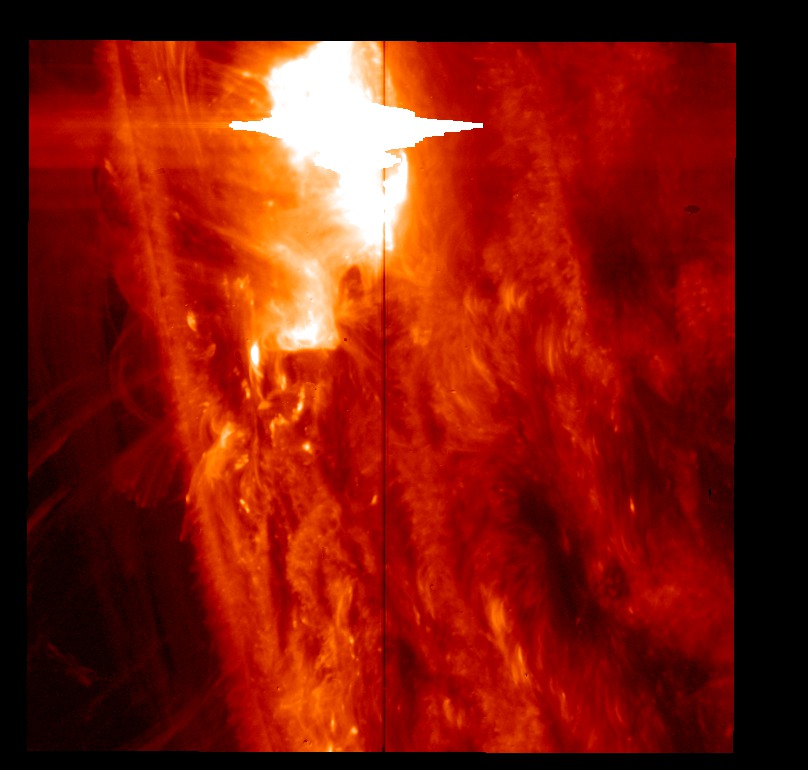Deconstructing The Sun
On January 28, 2014, NASA's Interface Region Imaging Spectrograph, or IRIS, spacecraft saw its strongest solar flare since it launched in 2013. Solar flares are bursts of X-rays and light that stream out into space, but no one yet knows the fine details of what sets them off. By observing a layer of the sun’s lower atmosphere called the chromosphere, which helps regulate how energy and material flows up from the sun's surface, IRIS can see part of the process that powers these events. However, there's a bit of luck involved in making such observations. IRIS’s instruments can’t look at the entire sun at once, so scientists must decide what areas might be the most interesting to watch. On January 28, scientists focused IRIS’s telescope and imaging spectrograph on a magnetically active region on the sun. Perfect timing: They witnessed a medium-sized solar flare in the act of erupting. Watch the video to see the flare through IRIS's eyes.

NASA's new eye on the sun shows intricate details of a solar flare.
Learn more about NASA's IRIS spacecraft and how it sees solar flares in this video.

IRIS's telescope zooms in on small regions of the sun and observes them with unprecedented resolution.

IRIS's imaging spectrograph provides spectra that show how solar material at different temperatures, velocities and densities flow.

IRIS's telescope and imaging spectrograph stationed in a cleanroom prior to launch.
For More Information
See NASA.gov
Credits
Please give credit for this item to:
NASA's Goddard Space Flight Center
-
Animator
- Tom Bridgman (Global Science and Technology, Inc.)
-
Narrator
- Karen Fox (ADNET Systems, Inc.)
-
Producer
- Genna Duberstein (USRA)
-
Scientists
- Adrian Daw (NASA/GSFC)
- Bart De Pontieu (Lockheed Martin Solar and Astrophysics Lab)
-
Writer
- Karen Fox (ADNET Systems, Inc.)
Release date
This page was originally published on Thursday, March 20, 2014.
This page was last updated on Wednesday, May 3, 2023 at 1:51 PM EDT.
